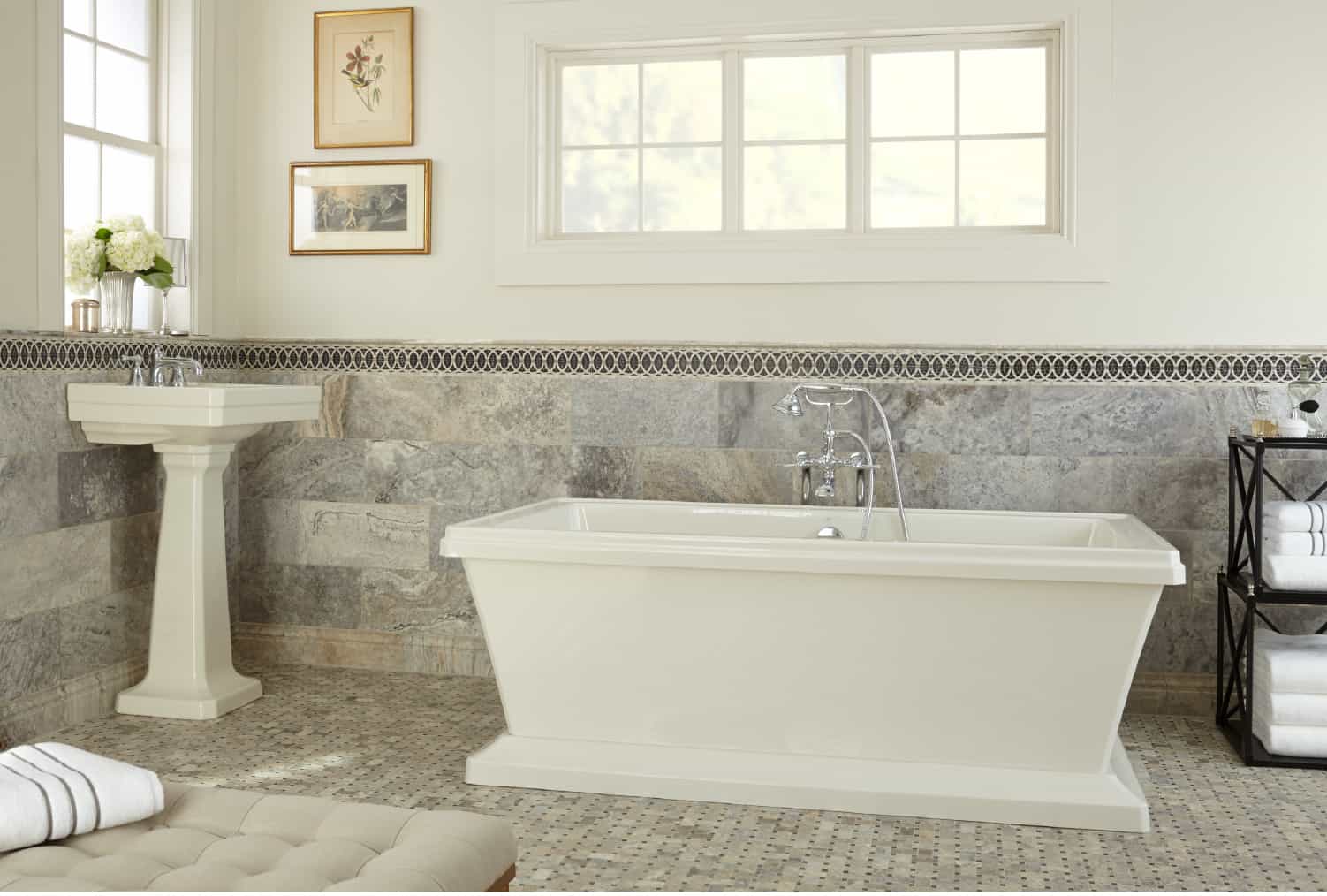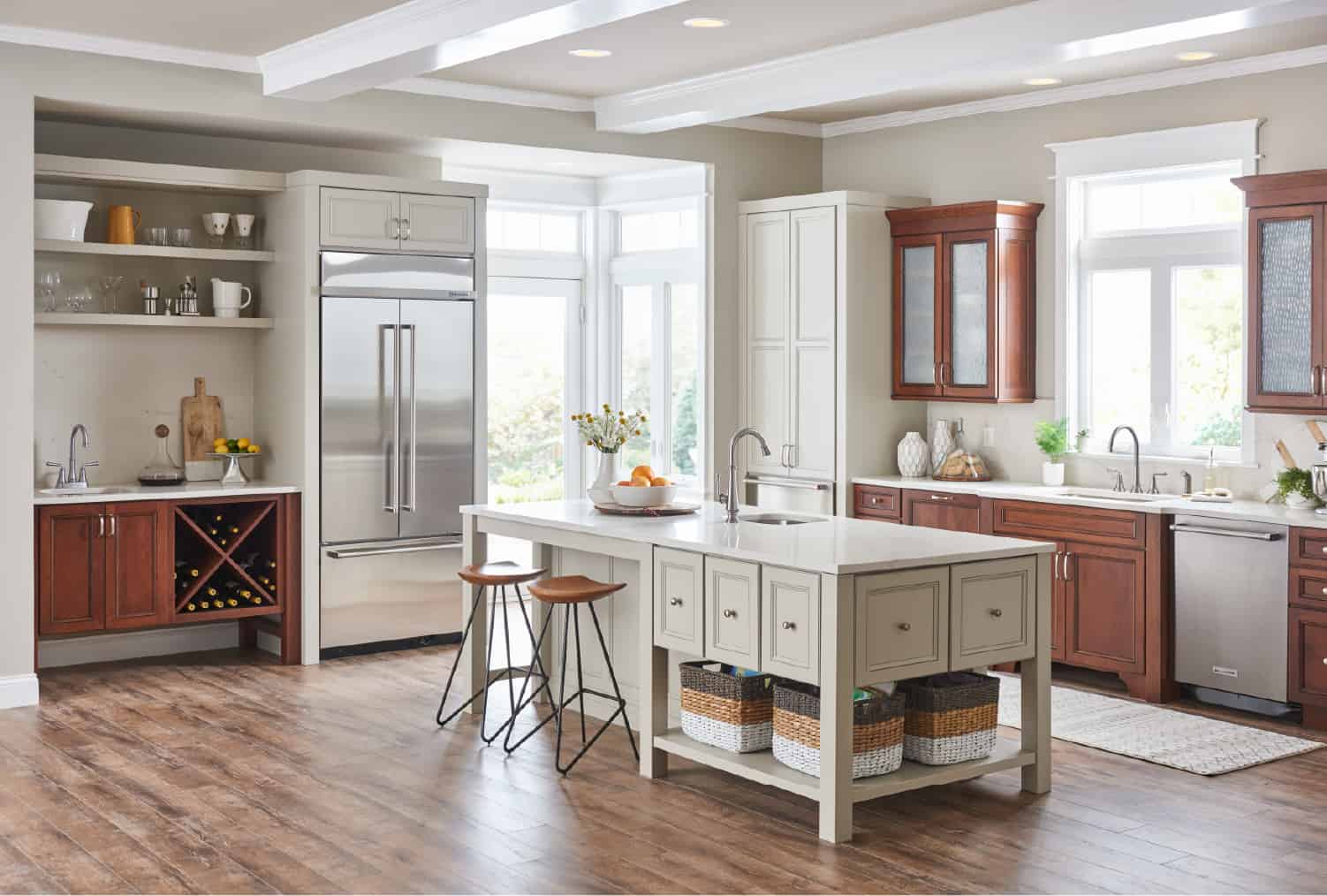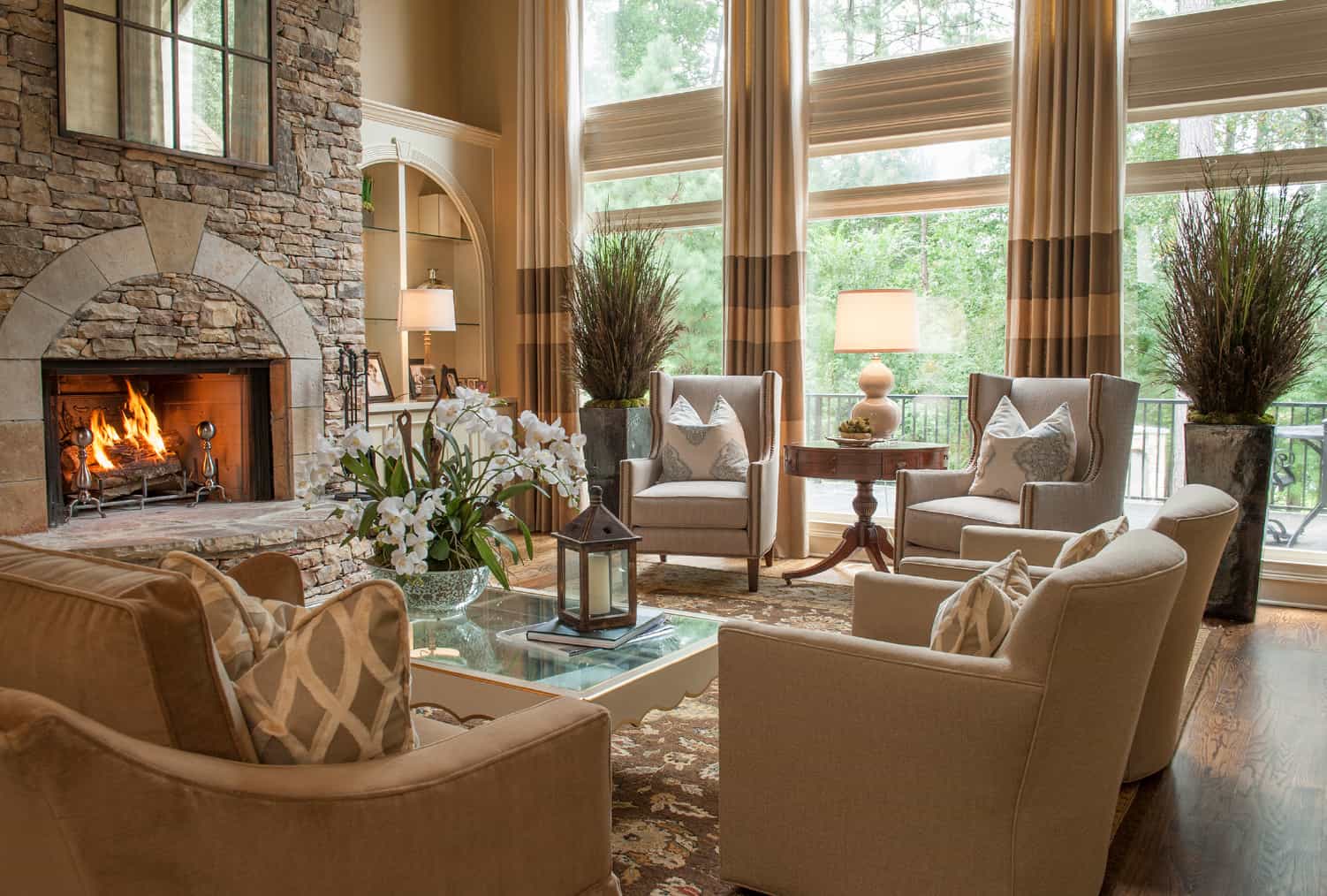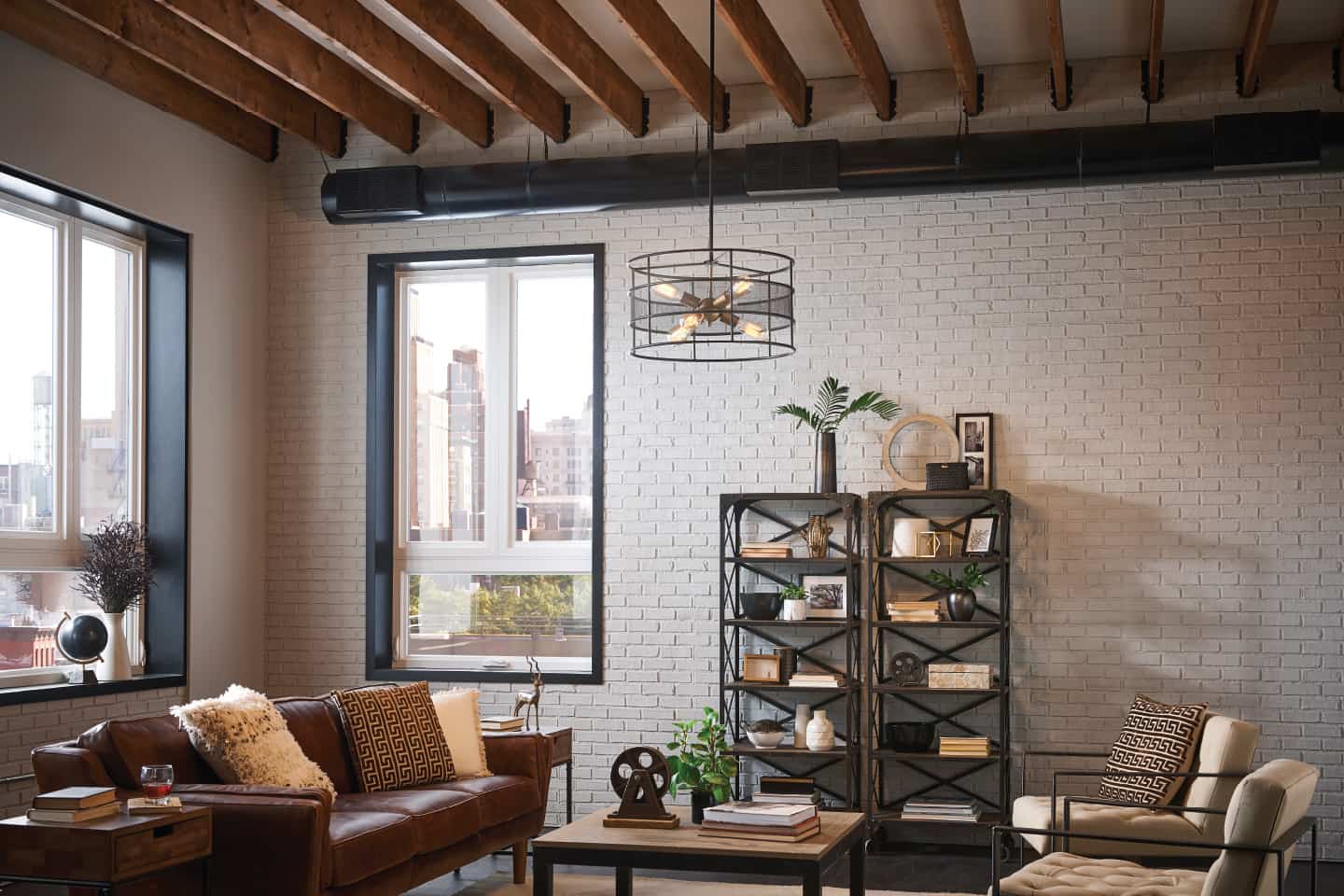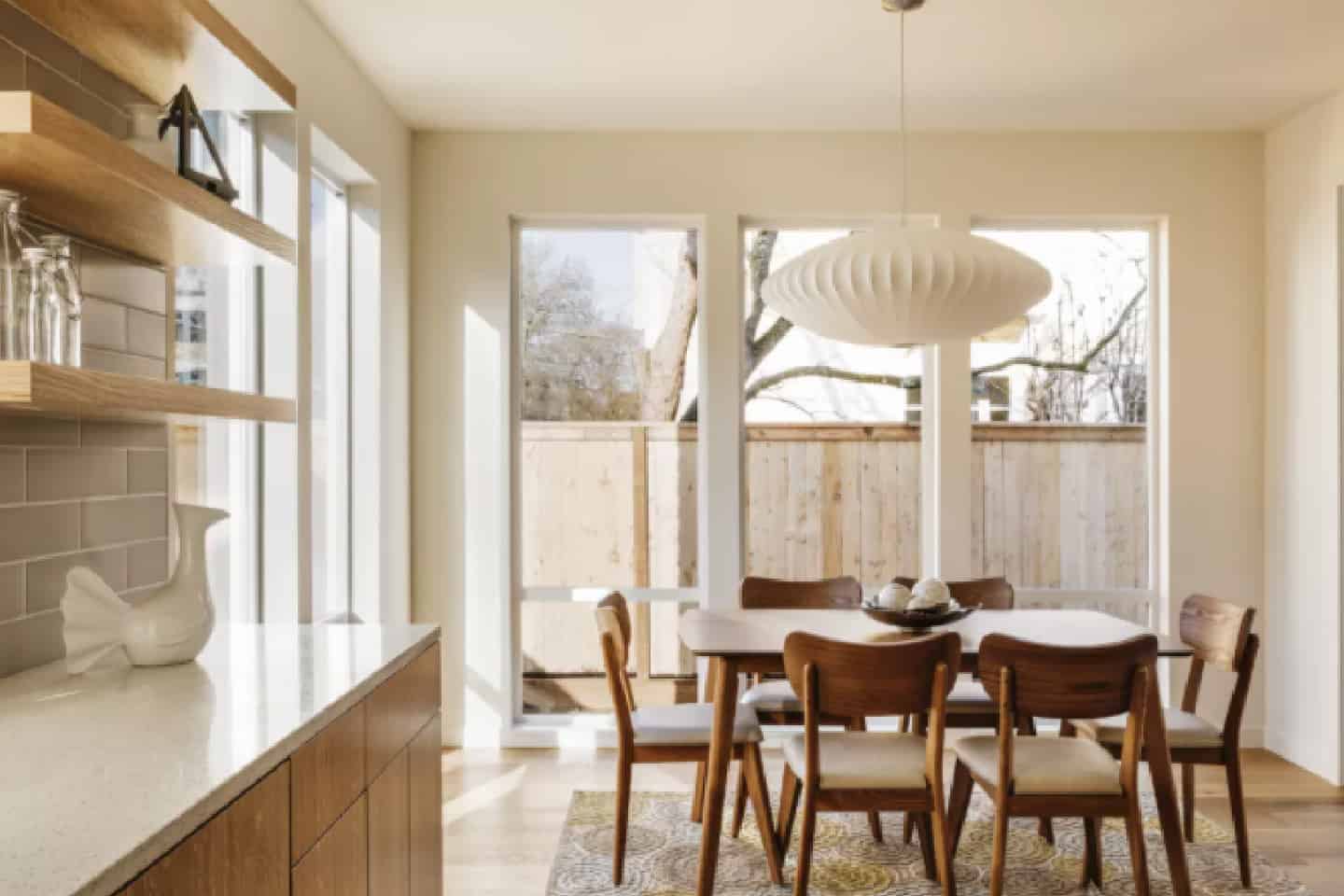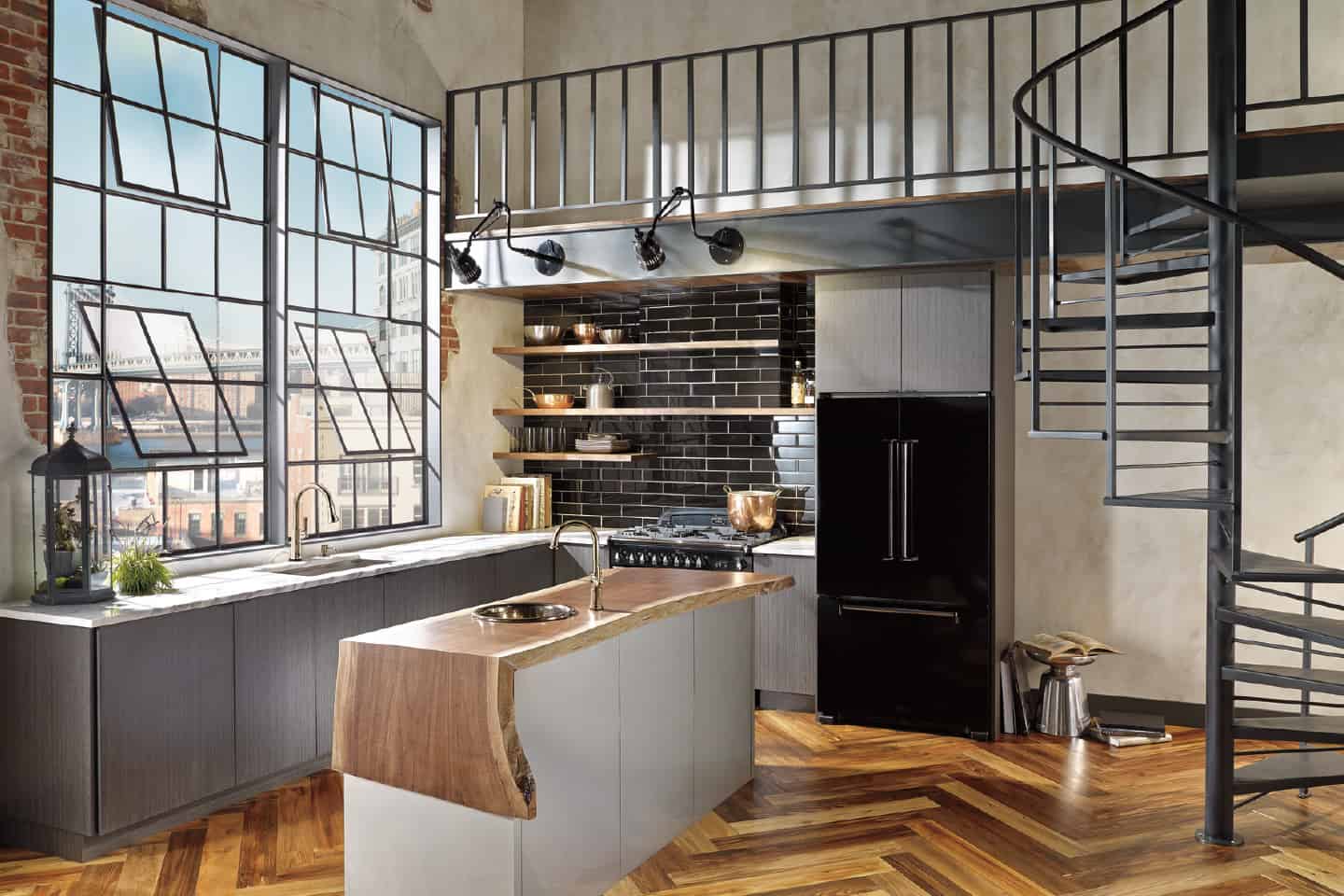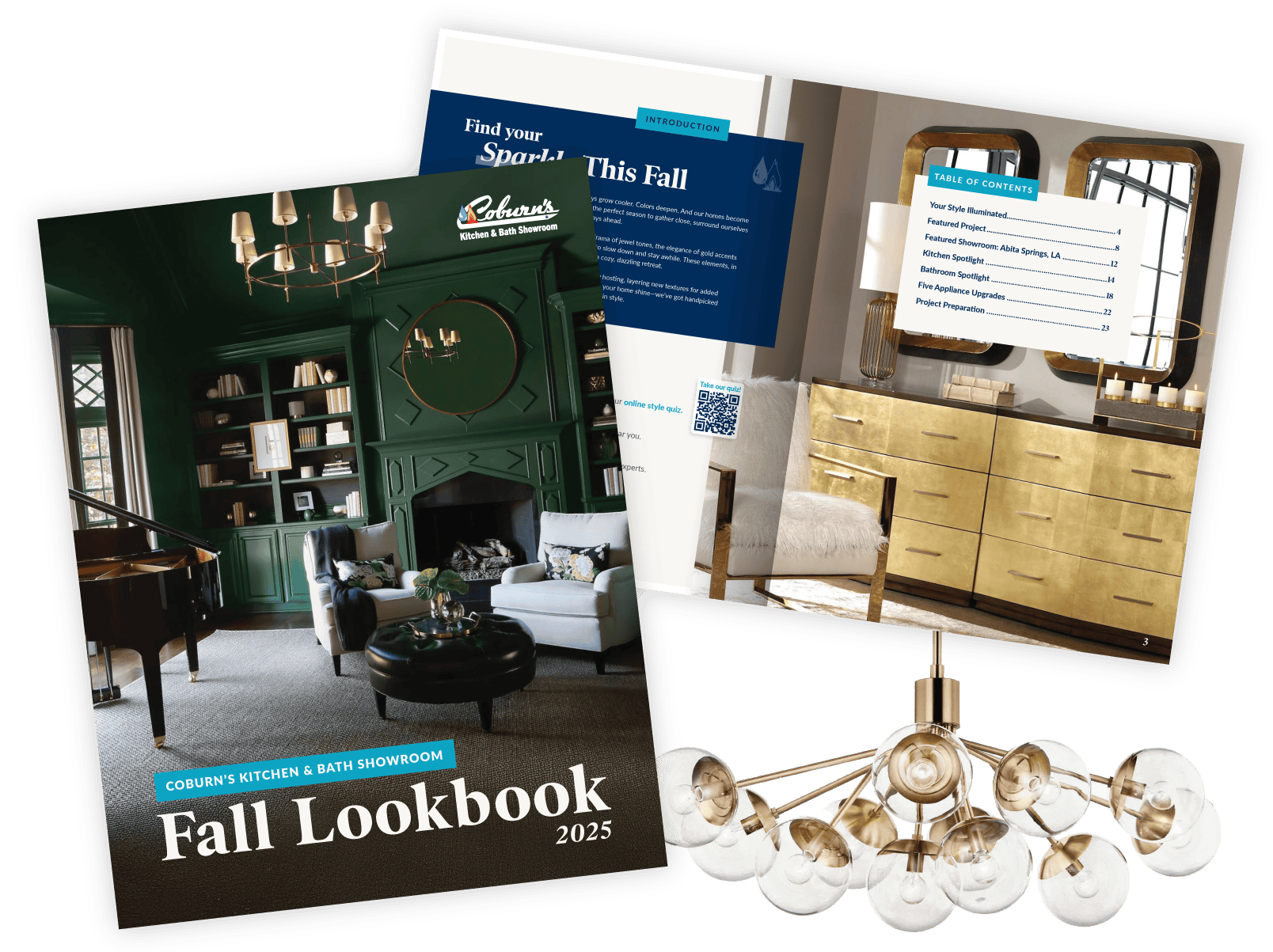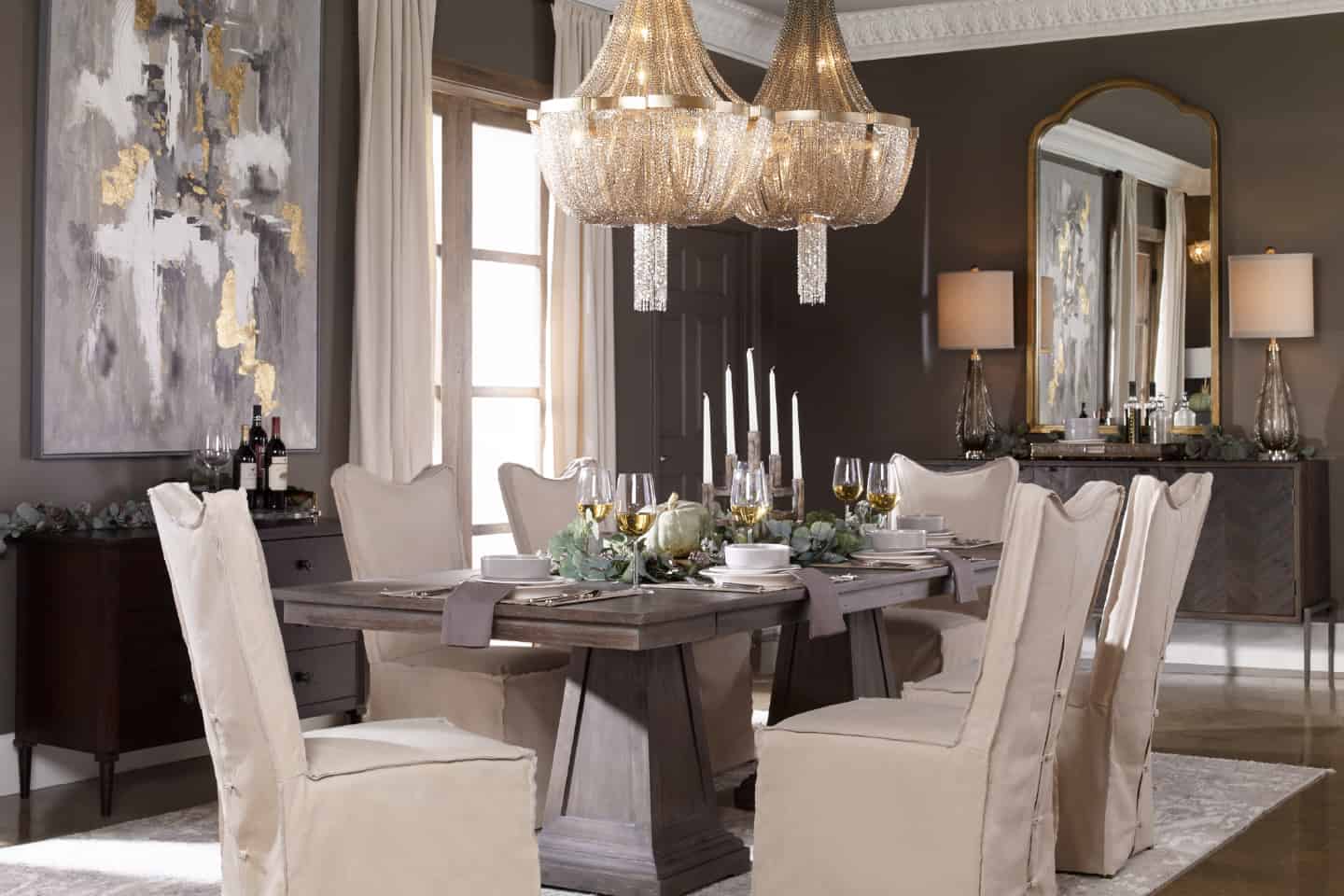
Traditional Interior Design
Traditional decorating is perfect for those who love antiques, classic art pieces, symmetry and other design elements that are rich with history. With its harmony, order and friendly charm, the Traditional style celebrates past popular design movements while never coming off as trying too hard to be on trend. Rather, as this decor option highlights the best in design styles all at once, the look will never feel tired or go out of style.
Traditional
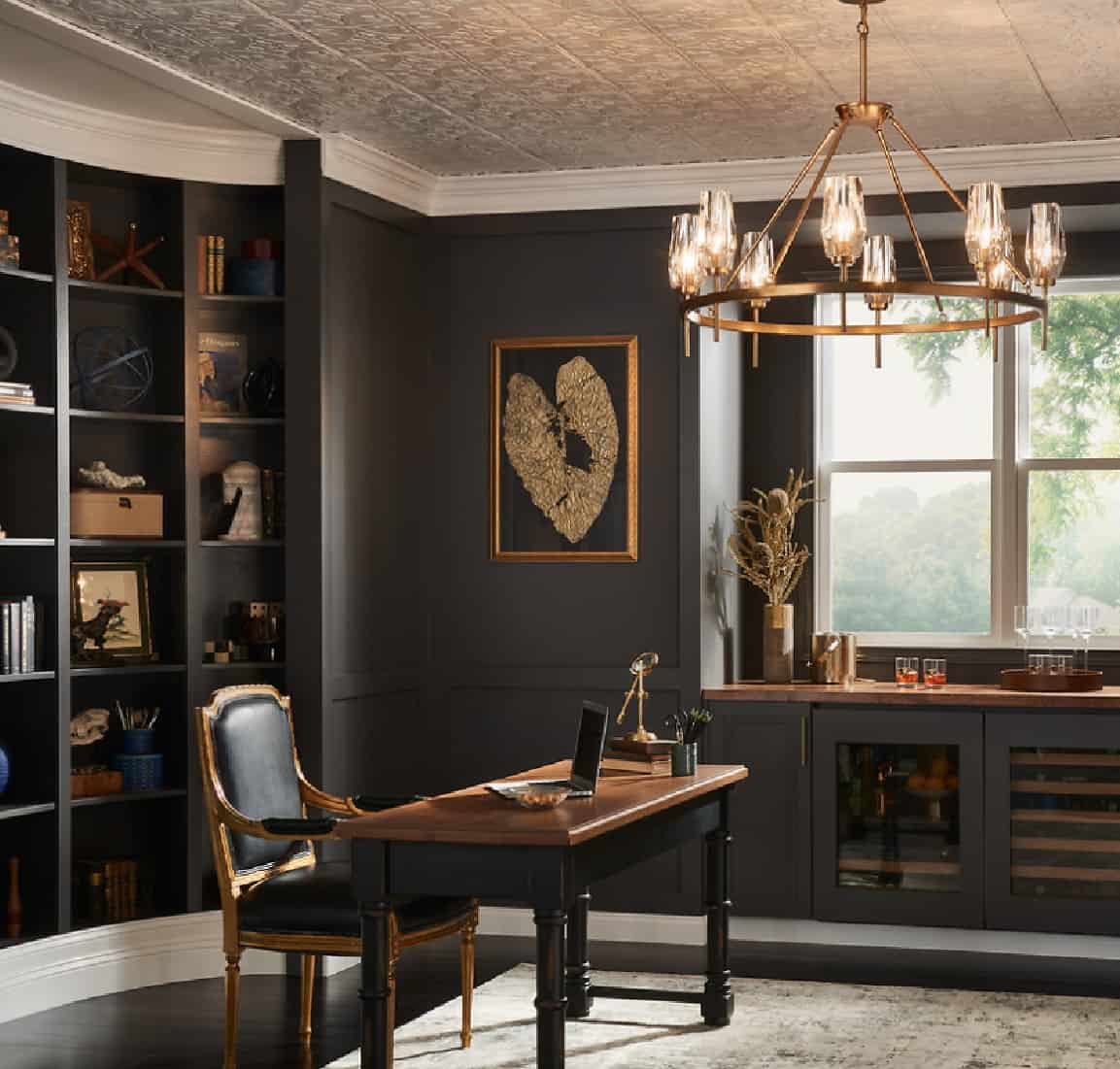
What Is Traditional Interior Design?
Traditional interior design is a timeless style that expertly showcases sophistication and complex details, immediately transporting you back to a bygone era. This design style is deeply rooted in European traditions. It is beautifully characterized by a balance of classic design elements, rich colors and textures, antique furniture, and a harmonious blend of decorative pieces, all of which contribute to its distinct aesthetic. Traditional style interiors emphasize warmth and comfort, offering an inviting and memorable space adorned with layers of intricate patterns and textures throughout, from elegant window treatments to handcrafted furniture pieces and an array of decorative elements. Architectural details, such as stately coffered ceilings, elegant ceiling medallions, classic brick fireplaces, and ornate fireplaces, are integral key features of this design, enhancing its timeless appeal.
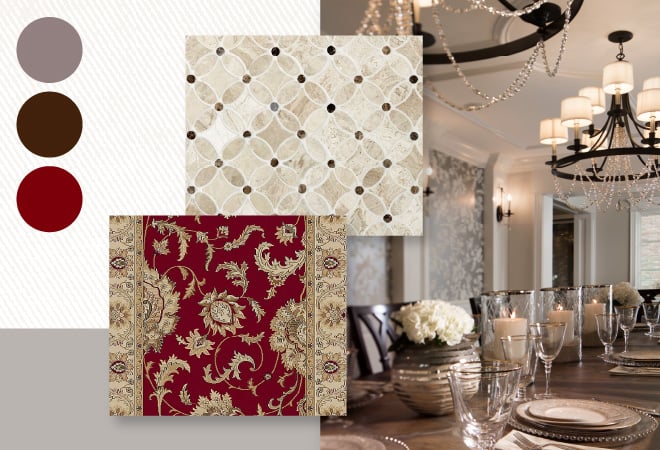
Sophisticated Yet Comfortable
Reflecting the eternal elegance of the 18th and 19th centuries, traditional interior design is a testament to the ingenuity and creativity of that era. It celebrates the prevalence of dark wood tones, offering a sense of comforting warmth amidst neutral, soft color schemes. A sophisticated, rich color palette comprising indulgent jewel tones, warm tones, muted undertones, and bold, eye-catching colors gives these spaces a unique and inviting appeal. In stark contrast to this vivacious color play, white walls and neutral walls serve as a balancing counterpoint. Carefully chosen window coverings not only blend seamlessly with the overall style but also serve a crucial role in controlling and maximizing the ingress of natural light.
The History of Traditional Interior Design
Tracing back to the grand homes of 18th and 19th-Century Europe, traditional design style draws its influences from British Colonial revival, 18th-century English, 19th-century neoclassical and French country. This design movement flourished through the 19th and 20th century. The furniture, characterized by its antique charm and quality craftsmanship, was often discovered in antique stores or flea markets, while the decorative elements reveal handcrafted intricacies and attention to detail.
As traditional interior design transitioned into the 20th century, there was a subtle shift in approach. Although it retained its focus on classic elements, there was a marked emphasis on comfort and functionality. Notable changes included the inclusion of more modern furniture and modern comforts, abstract wall prints, and non-traditional elements. Today, the modern traditional interior design evolves in harmony with modern trends, taking a more transitional design approach, blending the familiar charm of the classic with the elegance of the contemporary, resulting in a style that feels both sophisticated and comfortable. This seamless fusion of old and new makes traditional interior design a versatile choice for homes today.
FEATURED BRANDS
Other Styles
Not sure what your style is?
Showroom Locations
Visit a Showroom
With more than 25 Coburn’s Showroom locations across a five-state footprint, there’s likely a location near you. Visit one of our showrooms today, and get started on your next design endeavor.
2025 Fall Lookbook
Dare to Dazzle?
From rich gem tones to decadent details that shine, our Fall 2025 Lookbook is here with the latest trends to make your space sparkle this season and beyond.
VIEW THE LOOKBOOK